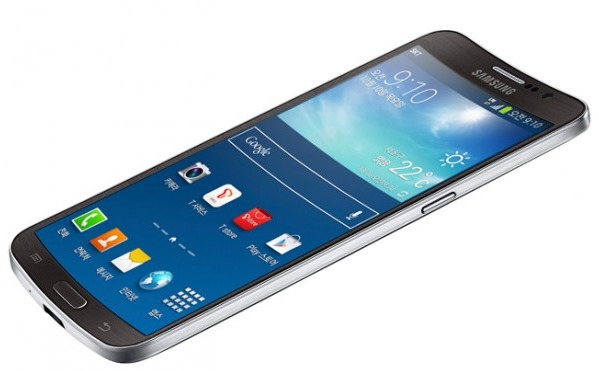
If Samsung and LG are to be believed, the next smartphone battleground will be around flexible or curved displays in hand-sized proportions. But for now, it all sounds too much like a gimmick. That, however, may not be the case, at least based on some hands-on experiments done by DisplayMate Technologies, a company that specializes in display calibration, optimization, and consultancy.
On a purely manufacturing level, the Samsung Galaxy Round is said to push the limits of smartphone displays by making use of flexible OLED screens, similar to the YOUM display that the company teased last year. Although the smartphone itself is rigid, DisplayMate says that the Galaxy Round makes use of a flexible OLED that has been bonded to a curved cover glass. Interestingly, they claim that the Galaxy Note 3 actually uses the same flexible screen technology but bonded to a flat cover instead. One immediate practical benefit of the Galaxy Round’s horizontally concave shape is the addition of some small amount of privacy thanks to the slightly raised edges that makes it harder for people to glance at the screen’s contents. Then there’s also the supposed more natural feel of holding an object with that curvature that Samsung is also promoting in its official TV ad for the Galaxy Round.
The bulk of DisplayMate’s arguments for believing in curved displays deals with an aspect that is near and dear to the hearts of display manufacturers and, consequentially, end users as well: that of screen readability in ambient light, especially in bright environments. At the moment, the most common solution to deal with bright ambient lights is to pump up the screen’s brightness, which, except in some cases, also increases power draw and drains battery quickly. According to DisplayMate, the Galaxy Round resolves this more efficiently due to its specific curvature. The first way it does so is by reducing the amount of reflected ambient light that gets in the way of screen readability. The second way involves a magnification effect that is produced because of the display’s concave curve which is being likened to that of a magnifying mirror. When held directly in front of the user at a normal angle, the effect magnifies the user’s head shape, which is supposed to have a darker shade than the ambient light around the head. This causes a slightly darker image to be cast on the display, once again reducing the amount of bright light being reflected from the display, thereby increasing readability.
Interestingly, DisplayMate is quite silent about LG’s recently announced G Flex curved smartphone and doesn’t mention whether the same beneficial effects can be derived from a vertically curved display like that on LG’s version. DisplayMate does note one negative side effect of the display’s magnification. The darker and magnified face reflected by the Galaxy Round makes it, and other curved smartphones like it, unusable for personal grooming.
SOURCE: DisplayMate









